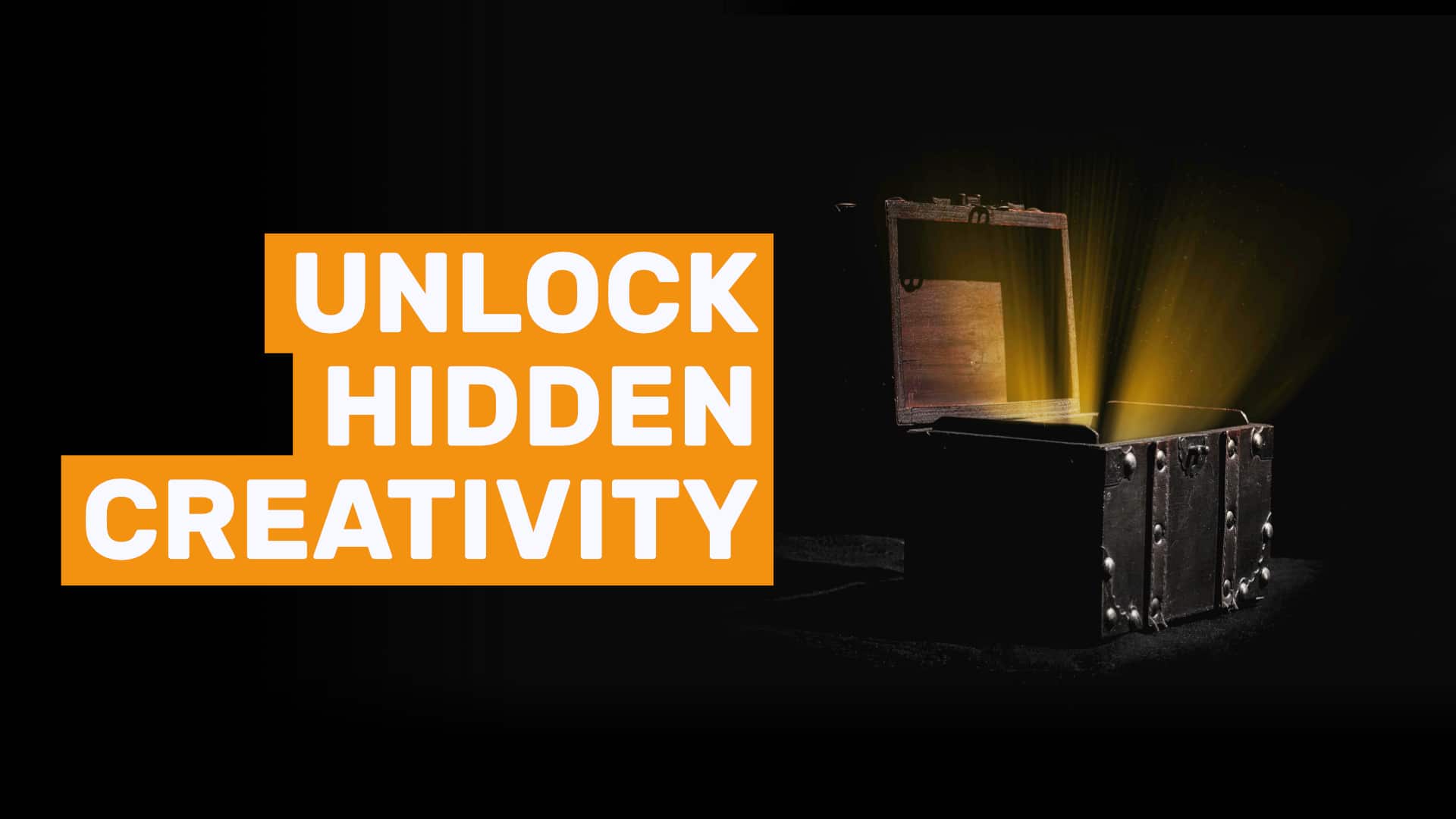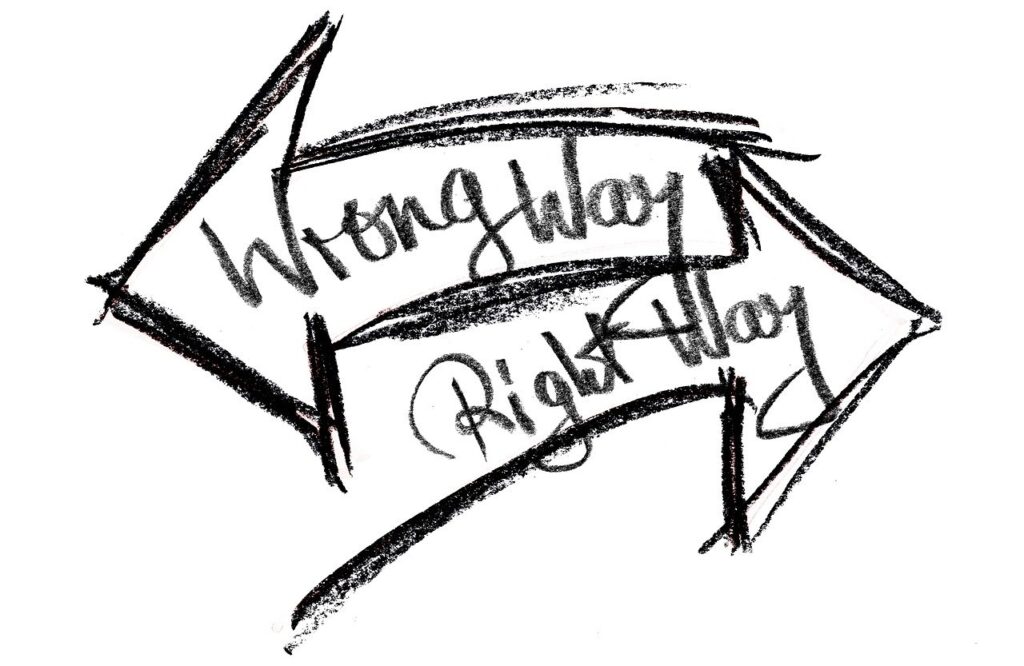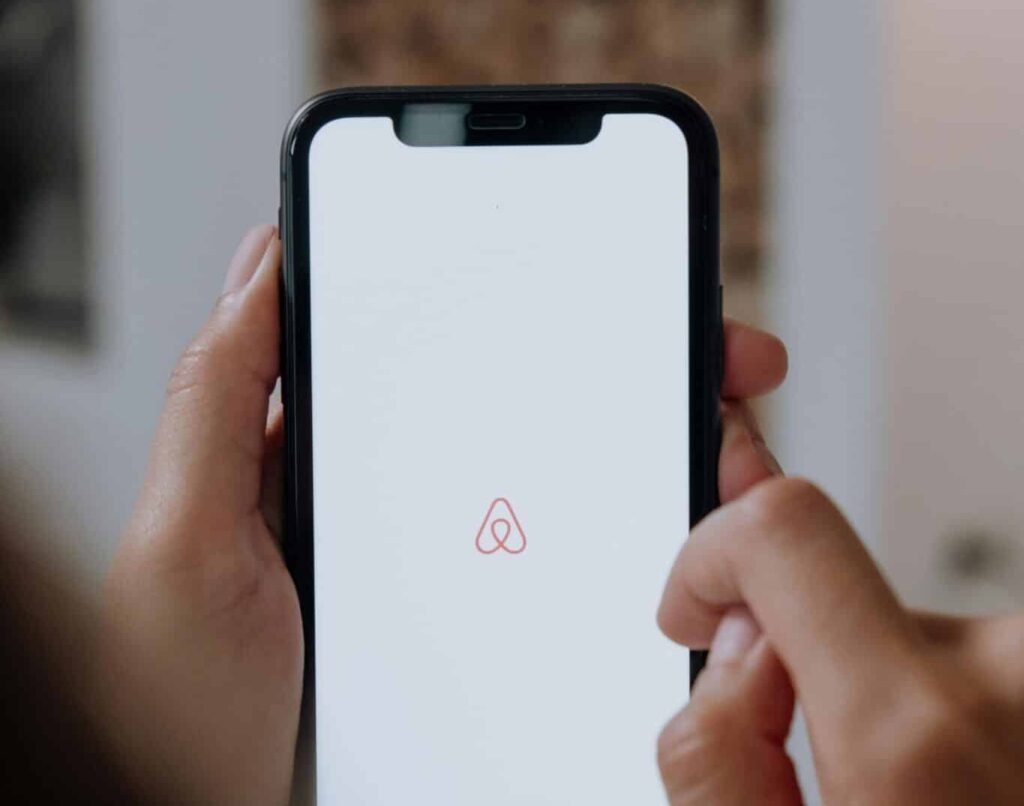February 15, 2024
“Challenging Assumptions” – How to Unlock Hidden Creativity

At this moment in the digital age, businesses are in constant flux. The world of AI, automation, and Machiavellian market shifts demands not just creativity but also innovative problem-solving techniques to gain an edge. As an individual, CEO or a leader at the helm, one counter-intuitive yet effective strategy you can use is challenging assumptions. The trick of assumption challenging has been in my arsenal for quite a while and trust me, it serves as an excellent creativity catalyst to propel businesses towards uncharted terrains of success.
The Assumption Paradox
Simply put, an assumption is something we accept as true without any concrete evidence. We make assumptions all the time and they can influence how we understand and approach problems. These mental shortcuts may sometimes hit the mark and provide a swift path to the right solution. More often than not, however, they narrow our field of vision and curb our creativity.
Consider these typical business assumptions: ‘The selling price should be based on the product cost’, or ‘Our largest clients are our most important clients’. These beliefs might have held validity in the past but could be holding the organisation back from innovative breakthroughs or adaptability.
One fine aphorism states: “ …to assume makes an ‘ass’ out of ‘u’ and ‘me'”. Assumptions limit our perception of the problem and could potentially misdirect our creative efforts. The danger with assumptions is that they give us a false sense of knowledge.

The Call to Challenge
To fuel your thinking and foster an environment for innovative solutions, it’s essential to examine and challenge your assumptions. Challenging the assumptive basis of a problem can reinvigorate an unproductive brainstorming session, especially when the team is stuck in deeply entrenched thought patterns. It’s about scrubbing off the dirt from our mental windows regularly, thereby allowing fresh light and perspectives to stream in.
A Real World Example of The Power of Challenging Assumptions
In the early 2000s, the conventional wisdom in the hospitality industry was guided by a simple assumption: accommodation rental required a conventional host – a hotel, motel, or bed-and-breakfast. The assumption was that travellers preferred traditional hospitality services that could guarantee comfort, cleanliness and safety.
This was the prevailing paradigm until San Franciscan entrepreneurs, Brian Chesky, Nathan Blecharczyk and Joe Gebbia, challenged these assumptions. They observed that during busy conference periods, hotels rooms were often scarce and expensive, leaving many visitors stranded without decent accommodation.
Spotting an opportunity, they asked a simple question, “What if anyone could host travellers in their home?”. This idea directly challenged the then universal assumption – it assumed that people were willing to let strangers into their homes and that travellers were ready to stay in residential households for a more authentic experience.

Navigating through several hurdles and after lots of testing and reiterations, Airbnb was born in 2008. Turned out, their ‘challenged assumption’ had hit the nail. People were indeed ready to open their homes to visitors for a fee, and travellers were more than happy to get affordable accommodation while experiencing the locale from a ‘local’s’ perspective.
This ignored market segment was tapped into by challenging and flipping the industry’s traditional assumptions. Today, Airbnb stands as a multi-billion-dollar company that operates in 220+ countries and regions worldwide.

This example underscores the power of challenging established beliefs and assumptions and the sort of revolutionary impact it can have. As individuals, leaders and business owners, it is critical to remember that our assumptions often act as blinders, keeping us from exploring new possibilities or exploiting untapped potentials. By continually questioning and challenging these settled beliefs, we enable ourselves to weave new paths of innovation and success, paths that were always there but hidden behind the veils of dated assumptions.
A Step-by-Step Walkthrough of How to “Challenge Assumptions”
- Identify Your Assumptions: Start by clearly defining the problem you are looking to solve. Once you have a firm grip on the issue, identify the assumptions you have about it. An assumption could be anything that you accept as truth without questioning or testing it.
- Question Your Assumptions: This step could take some time, but it is the most important. Review each assumption carefully and ask yourself, “Why do I believe this to be true? What evidence supports this assumption, and how reliable is that evidence?”
- Challenge Your Assumptions: Now comes the fun part – challenging your assumptions! For each assumption, actively look for instances where the assumed relation or situation may not hold. Try flipping the assumption on its head – “What if the opposite is true?” This will help you explore possibilities outside the sphere of usual assumptions.
- Evaluate the Impact: Examine how this new perspective changes your understanding of the problem or challenge you’re facing. In particular, identify ideas or solutions that you may have initially overlooked due to the constraints of your assumptions.
- Adjust Your Plans: Based on your findings, amend your plan, strategy, or approach to solving the problem. Remember, the goal is to widen your view and build a more informed, flexible, and comprehensive perspective to solving the challenge.
- Repeat: Challenging assumptions shouldn’t be a one-off exercise but a recurring practice in your problem-solving strategy. As you unearth and challenge more assumptions, your ideas become sharper and your solutions more inventive.
In the words of Alan Alda, a six time Emmy and Golden Globe Award winner, ”Our assumptions are the windows on the world. Scrub them off every once in a while or the light won’t come in.” Challenging your assumptions allows that light to come pouring in, illuminating paths that less imaginative minds might overlook.
Changing Perspective To Get and STAY Ahead
Having implemented this technique across various organisations that are already highly successful but, importantly, want to keep the pedal to the metal and not allow complacency to creep in, I discovered how powerful “challenging assumptions” can be.
If your organisation seeks to stay on the cutting edge, remember – sitting back won’t break boundaries; challenging the status quo will. So, here’s your call to action – harness your powers of assumption challenging and embark on a vibrant journey into unchartered territories of innovation!
In conclusion, to continue to innovate and succeed in today’s dynamic and challenging business environment, it is crucial to challenge the status quo continually, question our long-held beliefs, and always stay open to new insights and arguments. Our assumptions often form the invisible chains that tether us to dated strategies and stagnant ideas. By consciously challenging these assumptions, we achieve a paradigm shift that paves the way for transformative solutions.
Now, the next time you encounter a strategic crossroads or a dyed-in-the-wool problem, dare to challenge your assumptions. It might just be your passport to fresh insights and game-changing solutions. After all, innovation often starts by questioning what we take for granted.
